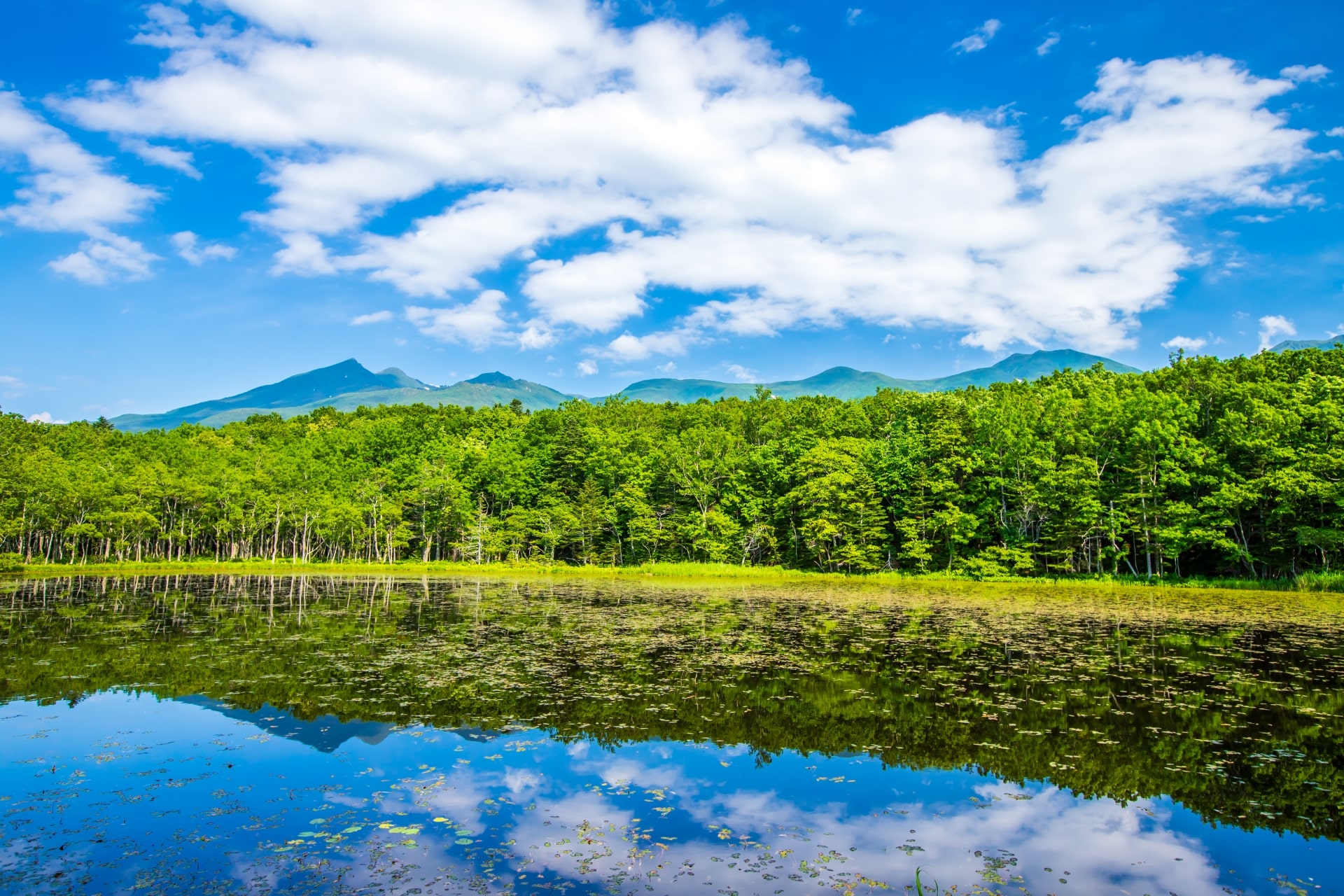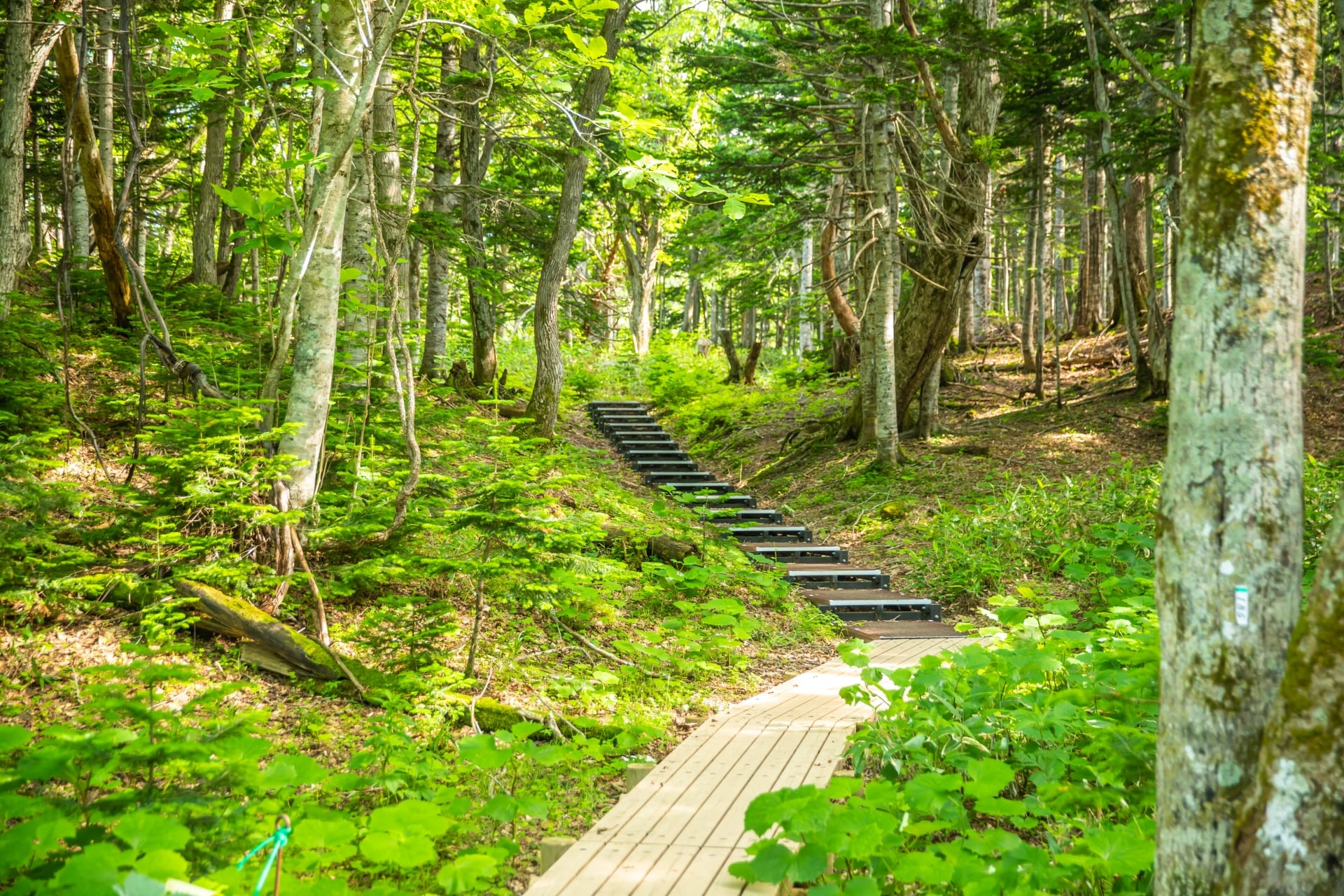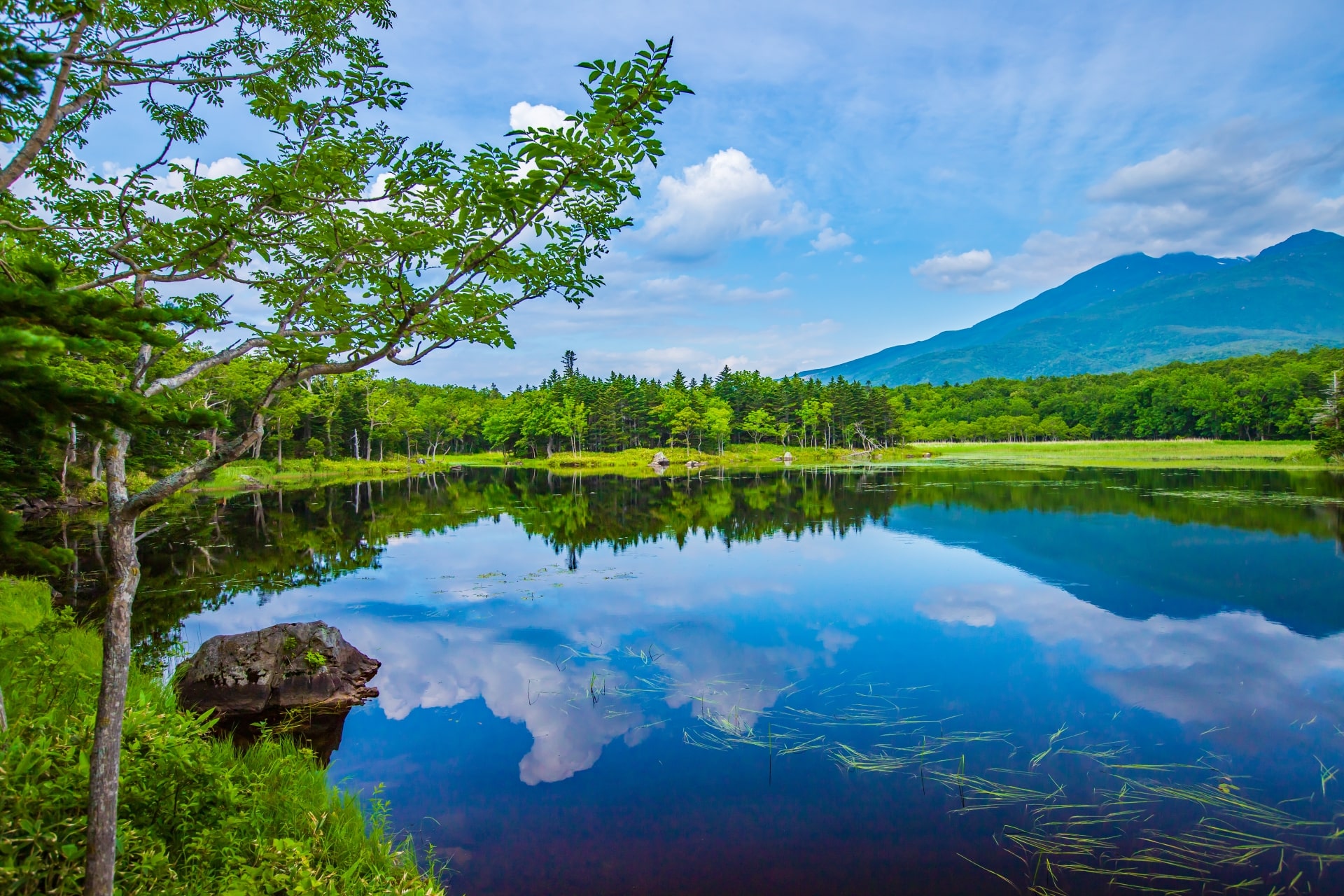Shiretoko National Park: the Great Northeastern Park in Hokkaido
Guide to Shiretoko National Park in Hokkaido

Located at the northeastern tip of Hokkaido, Japan, Shiretoko National Park might not claim the top spot on the conventional tourist itinerary. Yet, it represents a veritable paradise for nature enthusiasts.
Despite its relative inaccessibility compared to Japan’s more frequented landmarks, Shiretoko’s allure is undeniable. For those willing to venture beyond the beaten path, the park offers a profound connection with nature’s unspoiled beauty.
It’s a place where the wild landscape tells ancient tales, where every creature and plant thrives in harmony, and where the air itself seems to heal and invigorate the soul. For the nature lover, Shiretoko is not just a destination but a journey into the heart of the wilderness.
This article introduces the wonders of Shiretoko National Park in Hokkaido.
What is Shiretoko National Park?

Shiretoko National Park (知床国立公園) is renowned for its dramatic and rugged landscape, shaped by volcanic activity and the presence of drift ice, alongside a rich biodiversity. It is home to several species at risk of extinction, including brown bears, killer whales, and various large birds of prey. These animals, among others, form a complex web of life that typifies Shiretoko National Park.
The park’s unique blend of biodiversity, encompassing marine, riverine, and forest ecosystems, was recognized internationally when Shiretoko was designated a UNESCO World Heritage Site in July 2005.
What to do at Shiretoko National Park
Shiretoko National Park offers many ways to immerse oneself in its natural beauty.
Visitors can embark on sightseeing boat tours from Utoro, which provide unique vantage points to observe brown bears, dolphins, and the park’s stunning cliffs and waterfalls.
The adventurous at heart might prefer the drift ice walk, donning special dry suits to traverse the ice under the guidance of experienced professionals. This unique experience allows for an intimate exploration of the park’s icy wonders.
The winter months offer an extraordinary drift ice cruise near Rausu, on which one can witness sea eagles, white-tailed eagles, and seals in their natural habitat, surrounded by the scenic beauty of drifting ice.
For whale enthusiasts, the waters around Rausu are recognized as some of Japan’s finest whale-watching spots. The variety of visible whale species changes throughout the seasons.
Nature’s bounty is on full display within Shiretoko’s diverse ecosystems, from its mixed forests of conifers and deciduous trees to the unique alpine plants that symbolize the region. The Shiretoko mountain range in June is particularly enchanting, with the white blossoms of endemic alpine plants greeting visitors among the rocks.
How to get to Shiretoko National Park
Reaching Shiretoko National Park is an adventure in itself, reflecting the park’s secluded charm.
For those starting from Sapporo Station, a car journey spans about 6 hours, revealing the picturesque landscapes of Hokkaido. Alternatively, the train offers a longer yet scenic route, taking approximately 9 hours and 30 minutes.
Travelers flying into Hokkaido have several options. A direct flight from Tokyo’s Haneda Airport to New Chitose Airport takes about 1 hour and 30 minutes, with additional land transportation required to reach the park.
For those aiming closer to Shiretoko, flights to Nakashibetsu Airport (根室中標津空港) followed by a 70-minute Akan bus ride to Rausu present a viable route.
Alternatively, landing at Memanbetsu Airport (女満別空港) allows for a combination of bus and train travel, ultimately taking visitors to Utoro via the Shari Bus from Shiretoko Shari Station.
Each journey offers its own unique views and experiences, allowing travelers to choose the path that best fits their adventure spirit.
Tourist attractions near Shiretoko National Park

Also known as “Maiden’s Tears,” this waterfall emerges from a cliff face. The frozen falls in winter are particularly majestic.
Shiretoko Five Lakes (知床五湖):
Wander around five serene lakes set within a primeval forest, reflecting the dense woodlands and the Shiretoko mountain range.
Shiretoko Pass (知床峠):
This pass, which reaches an altitude of 738 meters and connects Shari Town with Rausu Town, offers breathtaking views. It’s noted for its stunning starry skies and sunrises over Kunashiri Island, but it is closed to traffic in winter.
Explore the natural beauty and wonders of Shiretoko National Park by choosing the journey that best suits your interests and schedule.
 Access Access |
JR Shiretoko Shari Station → 1 hour and 30 minutes by Shari Bus Shiretoko Line, Bus Stop: Shiretoko Five Lakes, immediate walking distance |
|---|---|
 Business Hours Business Hours |
7:30 to 18:00 (varies depending on season) |
 Price Price |
Free (certain areas require fee) |
 Official Website Official Website |
https://www.env.go.jp/en/nature/nps/park/shiretoko/index.html |
Whether Shiretoko National Park was already on your radar or this article has ignited a new interest, it’s clear that this hidden gem in Hokkaido is a sanctuary for those who seek to immerse themselves in the wonders of nature.
Though not as readily accessible as other destinations, the journey to Shiretoko is part of its enchantment. It offers rewards for breathtaking landscapes, unique wildlife experiences, and the tranquility of untouched wilderness.
We hope that this article serves as a guide for those intrigued by Shiretoko’s mystique and inspires a journey to this remarkable corner of the world.
▽Subscribe to our free news magazine!▽
For more information about traveling in Japan, check these articles below, too!
▽Related Articles▽
▼Editor’s Picks▼
Written by















